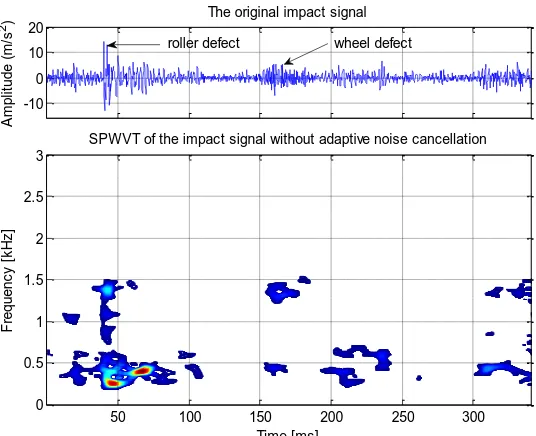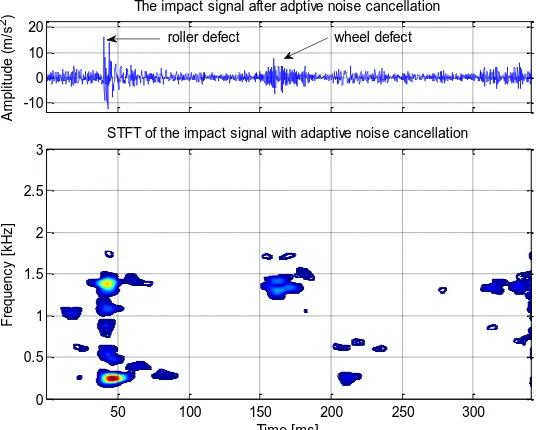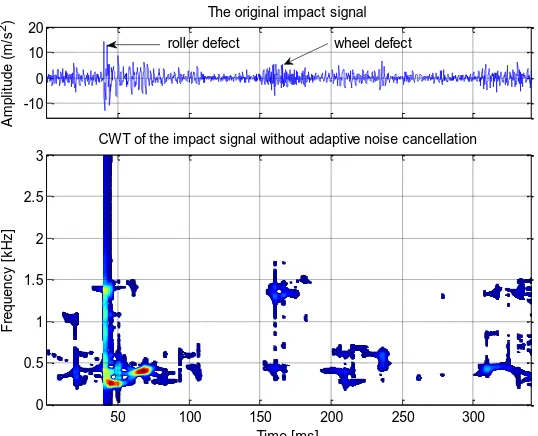Adaptive noise cancelling and time–frequency techniques for rail surface defect detection
Full text
Figure

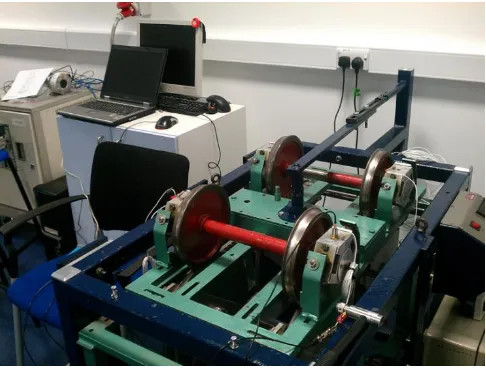
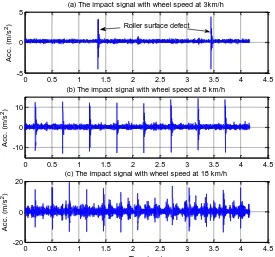
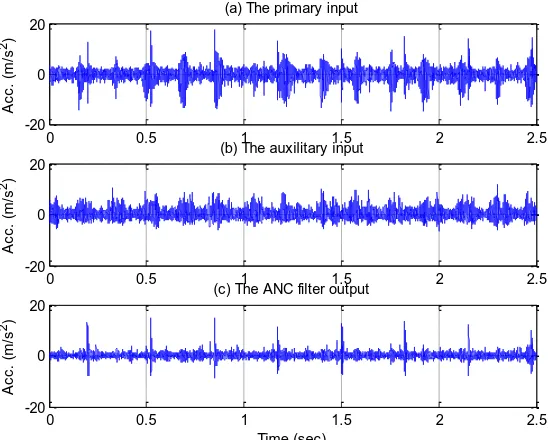
Related documents
Similarly seven months before the target date column (3.3) shows that 51% of economists do not revise their unemployment rate forecasts with no change in the unemployment rate (.696
(A Barthel Index score of >60 was chosen in this study because Granger and colleagues 27 have reported that 60 is a pivotal score.) Most patients with severe initial motor
Goal 1: Technology in Teaching – Leverage the power of technology to provide educators access to data, content, resources, expertise, and professional learning experiences
The magnitude of the error depends on the relative size, closeness in m/z space, mass calibration precision and accuracy, and peak shape of the overlapping peak, and so it
In summary, we report a novel, simple, and reliable hydrothermal route for the synthesis of hierarchically nanosized HA with flower-like structure assembled
(F) The vimentin and ANG protein expression levels in ARPE-19 cells transfected with NC siRNA or ANG siRNA after exposure to normoxia or hypoxia for 24 h detected by Western
Chain Operations Reference Model (SCOR-Model), key performance indicators (KPIs) measuring the effects of the occurrence of risky events, and conventional risk management tools
The first group contain authors such as Karaalp (2014) who use panel regression analysis to prove relationship between investment incen- tives and unemployment in Turkey; or Schalk
